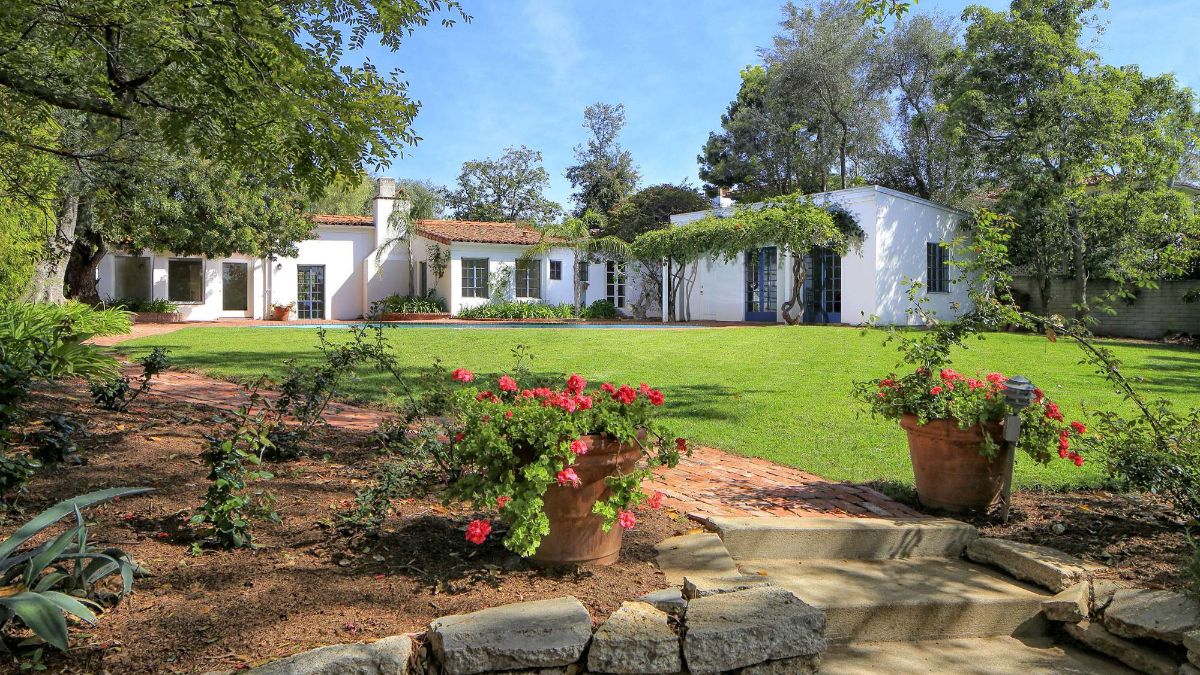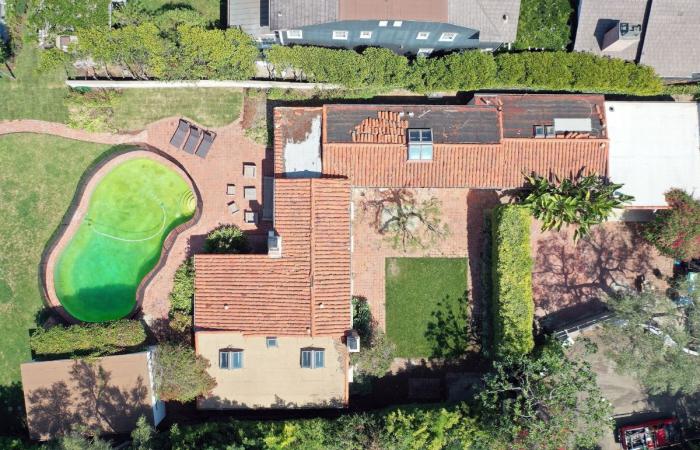Marilyn Monroe's residence in Brentwood, Los Angeles, is now officially a historic landmark. This decision comes after a controversy surrounding a demolition project which sparked strong reactions. Let's take a look back at the fascinating history of this iconic residence and its cultural significance.
A place full of personal history
The history of the Brentwood house begins in 1962, when Marilyn Monroe acquires of this single-storey hacienda of 270 square meters.
At that time, freshly divorced from the writer Arthur Miller, she was seeking to regain some semblance of privacy. Sadly, his life ended tragically in that home shortly after.
Hidden from view, far from the excitement of Hollywood, the house represented a refuge for the actress.
His premature death at just 36 years old from a drug overdose adds to this a melancholic notefurther reinforcing the fascination of this place.
A fight for preservation
Recently purchased by Brinah Milstein and Roy Bankthe house was threatened with destruction. The demolition project sparked a wave of indignation among fans of the actress and defenders of heritage.
The municipality of Los Angeles, sensing the emergency, reacted quickly to save this symbol cultural.
The Los Angeles City Council, led by Councilwoman Traci Park, took steps to designate the house as historical monument.
This classification aims not only to physically protect the structure but also to preserve the memory of the icon that was Marilyn Monroe.

The conservation approach and its objectives
Saving these kinds of historic places plays a crucial role in preserving our collective history.
This allows the public to connect directly with the past, providing a unique window into the lives marked by these places. Marilyn Monroe's house is no exception to this rule.
- Protect the architecture: Ensuring that the original structure remains intact for future generations.
- Preserve memory: Recognize Marilyn Monroe's artistic and personal influence on popular culture.
- Educate and inspire: Use the site as an educational tool to provide information on the actress's life.

The practical issues of protection
Transforming a private home into a publicly accessible monument involves special logistical challenges.
Those responsible must find a balance between preserving the privacy of local residents and public accessibility.
Solutions are being considered, such as possibly moving the house to a location where it could be visited more easily.
The administrative procedures themselves are not simple. They require coordination between local authorities, current owners and various heritage organisations.
Each stakeholder must work closely together to ensure that best conservation practices are followed.
An immortalized icon
It is undeniable that Marilyn Monroe continues to embody the glamour d’Hollywood. His house, which has become a historic monument, perpetuates his legacy and ensures that his presence persists well beyond his physical disappearance.
By protecting places like the Brentwood House, we are honoring a dual promise. On the one hand, we save architectural and historical treasures; on the other, we offer enthusiasts and future generations a tangible glimpse of the past.
Impact on the local and international community
The fallout from such a classification extends beyond the borders of Los Angeles. By becoming a popular place to visit for admirers from all over the worldthe house also attracts positive attention to the city and contributes to its tourist attractiveness.
For the local community, this also means an increase in the value of the neighborhood. But above all, it is the assurance that their environment retains its rich historical texturewhile incorporating the unique stories of the famous people who shaped its identity.
As poignant as Marilyn Monroe's story is, the recent designation of her home as a historic landmark demonstrates the value of proactive intervention for heritage conservation.
Thanks to informed and coordinated decisions, emblematic places can be protected against the ravages of time and the destructive effects of misdirected real estate projects.
This initiative serves as a model to follow for the protection of other cultural sites important. It reminds us how each building, each place carrying history deserves our vigilance and our sustained efforts to pass it on to future generations.









